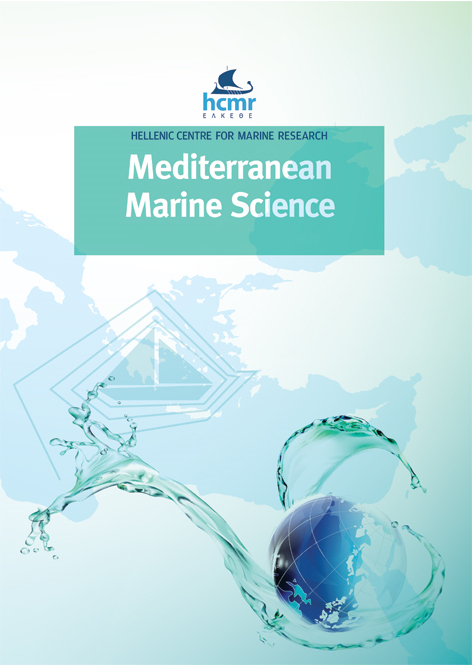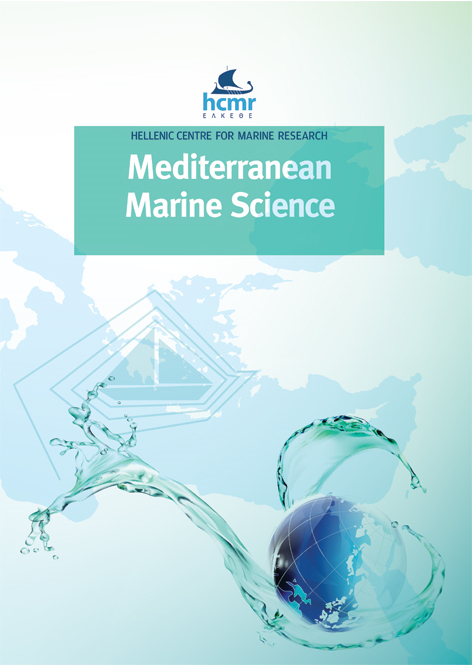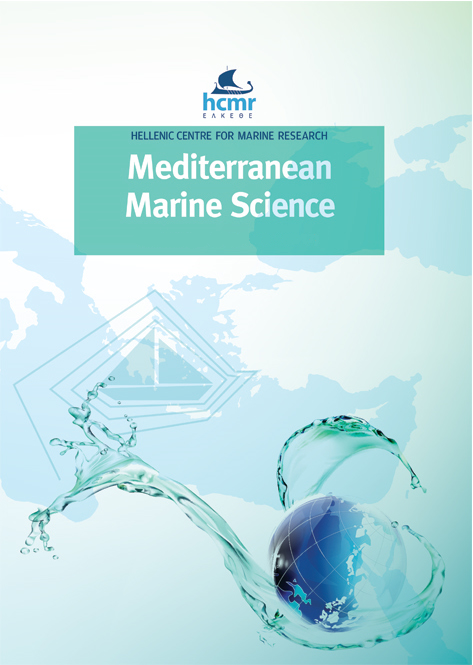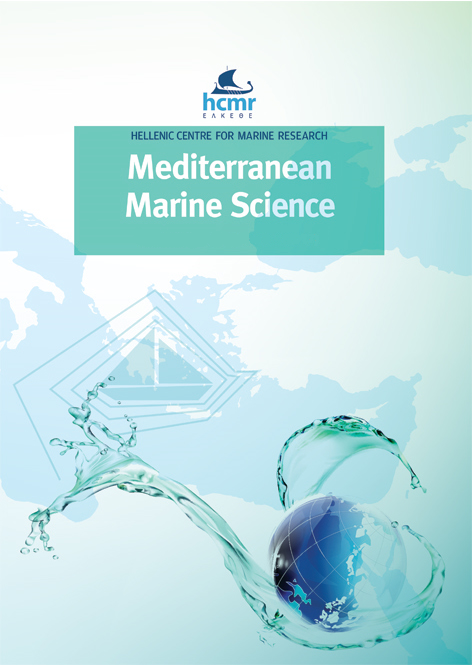Spatial and temporal community composition changes of Cumacea (Crustacea: Malacostraca: Peracarida) from the soft-sediment habitats of the Mediterranean coast of Israel
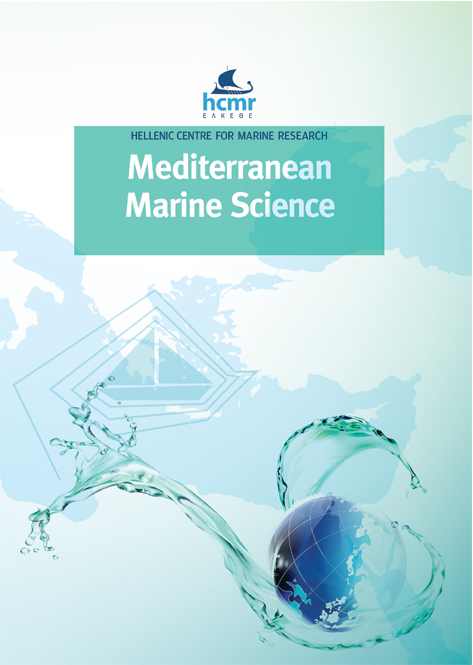
Abstract
The present study provides a zoogeographic and faunistic update on the cumacean species that inhabit the soft substrate habitats of the Israeli waters of the Mediterranean Sea. Published and new unpublished cumacean records are both used to enable an overview of a 74-year period of species composition and distribution, providing a broad perspective of temporal faunistic changes. As a result, 43 cumacean species have now been recorded from the Mediterranean coast of Israel. Previously unpublished results, starting from 2013, were derived from intensified sampling of the continental shelf and slope as well as the bathyal plain, and revealed eight new species records for the eastern part of the Mediterranean Sea. The cumacean community included species primarily of the Mediterranean zoogeographic province with several Mediterranean-Atlantic examples. Three species, postulated to be of Indo-Pacific origin were also previously recorded on the continental shelf of the area. Finally, species composition and structure of the continental shelf indicated spatial and temporal changes between 2010 – 2021, partly due to different sampling methods as well as anthropogenic activities that took place in the area. The continental slope and the bathyal plain seem to remain as relatively stable environments.
Article Details
- How to Cite
-
LUBINEVSKY, H., TOM, M., CORBERA, J., & KOULOURI, P. (YOLANDA). (2023). Spatial and temporal community composition changes of Cumacea (Crustacea: Malacostraca: Peracarida) from the soft-sediment habitats of the Mediterranean coast of Israel. Mediterranean Marine Science, 24(3), 482–490. https://doi.org/10.12681/mms.34247
- Section
- Research Article
Authors who publish with this journal agree to the following terms:
- Authors retain copyright and grant the journal right of first publication with the work simultaneously licensed under a Creative Commons Attribution Non-Commercial License that allows others to share the work with an acknowledgement of the work's authorship and initial publication in this journal.
- Authors are able to enter into separate, additional contractual arrangements for the non-exclusive distribution of the journal's published version of the work (e.g. post it to an institutional repository or publish it in a book), with an acknowledgement of its initial publication in this journal.
- Authors are permitted and encouraged to post their work online (preferably in institutional repositories or on their website) prior to and during the submission process, as it can lead to productive exchanges, as well as earlier and greater citation of published work (See The Effect of Open Access).





